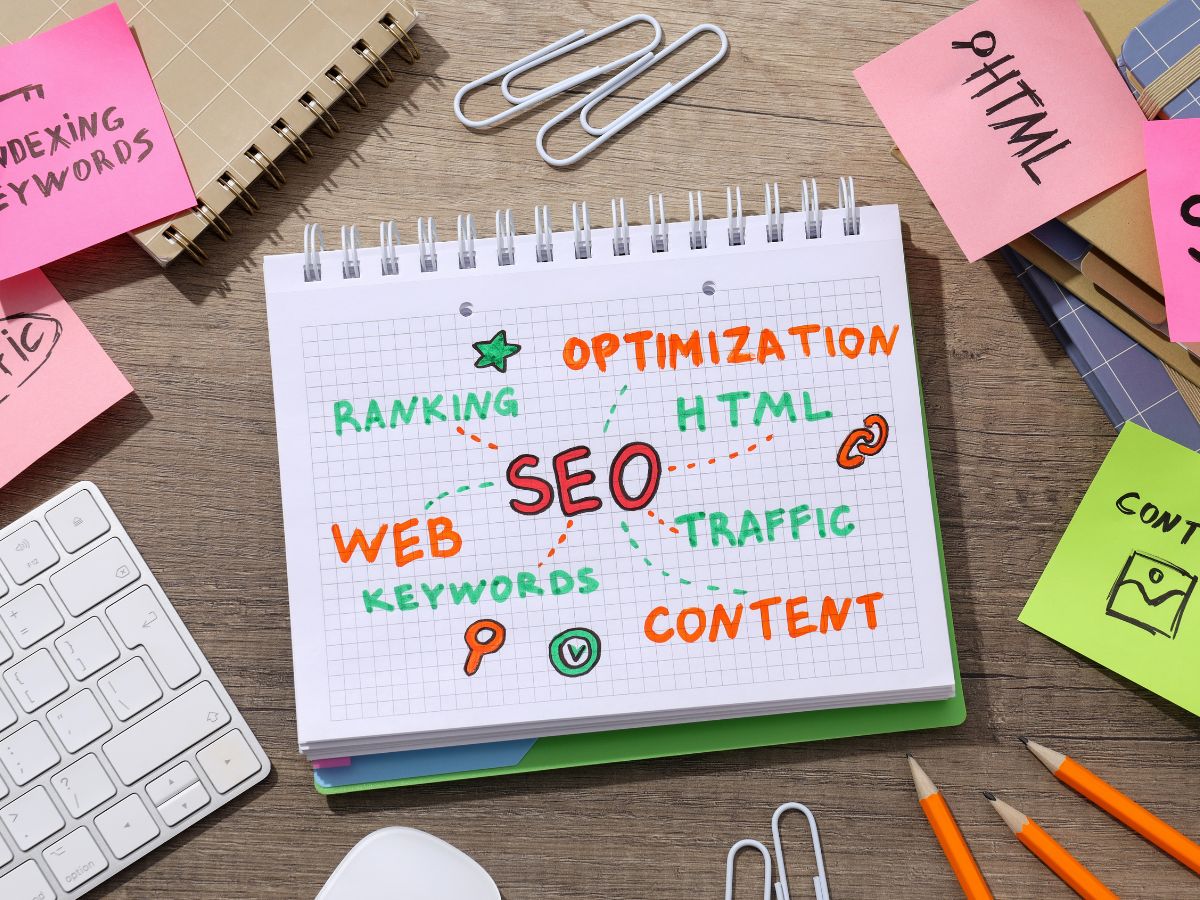Top Web Design Trends to Watch in 2025
In today's fast-changing digital landscape, staying updated with the latest web design trends is essential for creating visually appealing, high-performing websites. Whether you're a designer, developer, or business owner, adopting modern UI/UX practices helps deliver better user experiences and boost engagement.
1. Immersive 3D Design Elements
3D elements are revolutionizing web design in 2025. With tools like WebGL and Three.js, developers can create interactive, immersive environments that bring products and content to life.
Why it matters:- Enhances user engagement
- Elevates product showcases
- Adds depth to storytelling and landing pages
Brands using 3D design are capturing attention and standing out in competitive markets.
2. Dark Mode Becomes Standard
Dark mode is no longer optional—it’s expected. Not only does it reduce eye strain and battery usage, but it also offers a sophisticated, modern aesthetic.
Best practices for dark mode:- Maintain strong contrast ratios
- Ensure readability and accessibility
- Provide toggle functionality for user control
A well-implemented dark theme strengthens your brand identity while improving the overall user experience.
3. Micro-Interactions for Better UX
Micro-interactions—those subtle animations triggered by user actions—are crucial for intuitive interfaces. They guide users, confirm actions, and create a polished, interactive feel.
Characteristics of effective micro-interactions:- Subtle and purposeful
- Fast and responsive
- Consistent with design system
- Enhance feedback and usability
When done right, they elevate user satisfaction and usability.
4. Glassmorphism & Neumorphism UI
Visual design continues to experiment with styles like:
- Glassmorphism: A frosted-glass effect using transparency and blur to add layers.
- Neumorphism: Soft UI components with light and shadow to create a tactile, "pushed" appearance.
These styles can bring a modern and elegant look, but accessibility and usability should remain a priority when using them.
5. Creative Use of Horizontal Scrolling
Once avoided, horizontal scrolling is now being used strategically in portfolios, galleries, and storytelling websites. It breaks the monotony of vertical scrolling and adds an element of surprise when used thoughtfully.
Tips for using horizontal scroll:- Provide clear visual cues
- Avoid hiding essential content
- Ensure mobile responsiveness
It’s a creative tool, not a replacement for standard navigation.
6. Accessibility-First Design Approach
Accessibility is not a trend—it’s a necessity. An inclusive design ensures your website is usable by everyone, including people with disabilities. Google also favors accessible websites in its rankings.
Accessibility best practices:- Use high-contrast colors
- Enable keyboard navigation
- Add alt text to images
- Use semantic HTML and ARIA roles
- Test for screen reader compatibility
Prioritizing accessibility boosts your SEO and user base.
Conclusion: Design for People First
The web design trends of 2025 combine creativity with usability. From 3D visuals to accessibility-first design, each trend emphasizes enhancing the user experience.
Final tip: Don’t follow trends blindly. Choose and implement trends that align with your brand goals and audience needs. Good design is timeless—but a well-timed trend can give your site the competitive edge it needs.
Stay informed, test frequently, and keep the user at the center of your design decisions.



